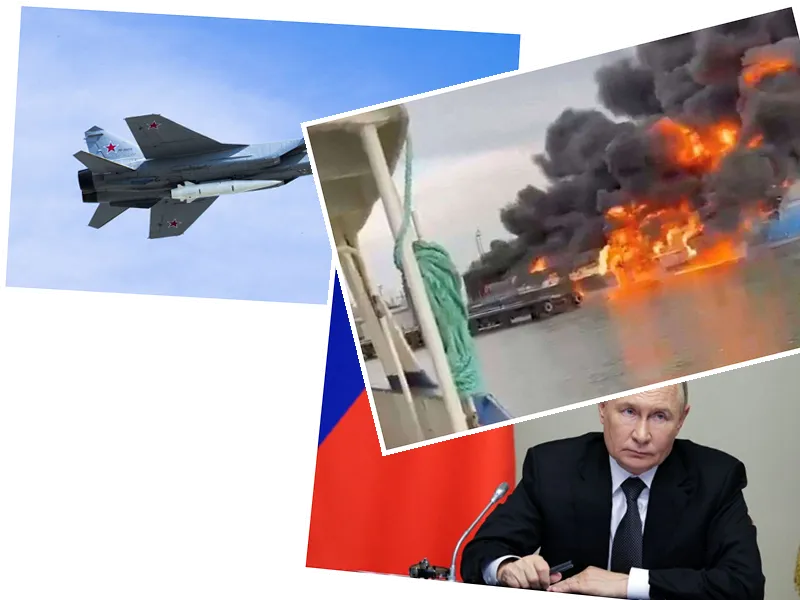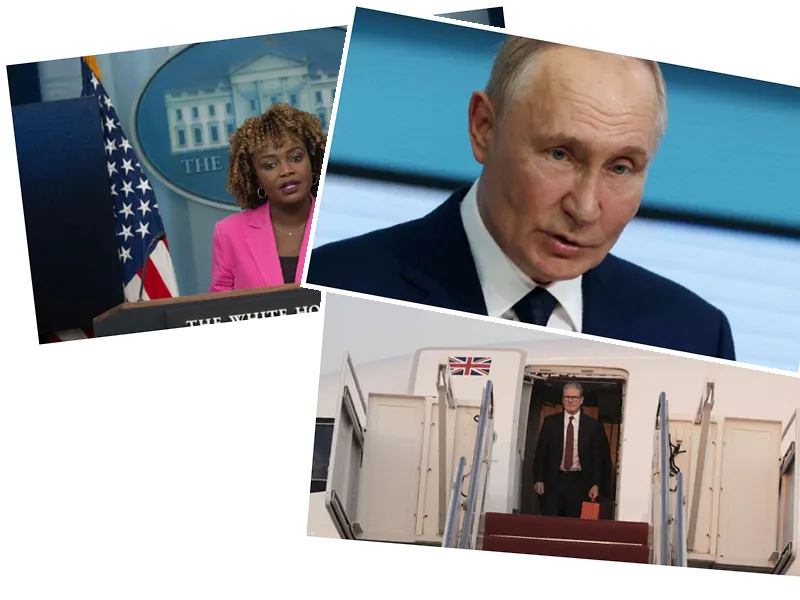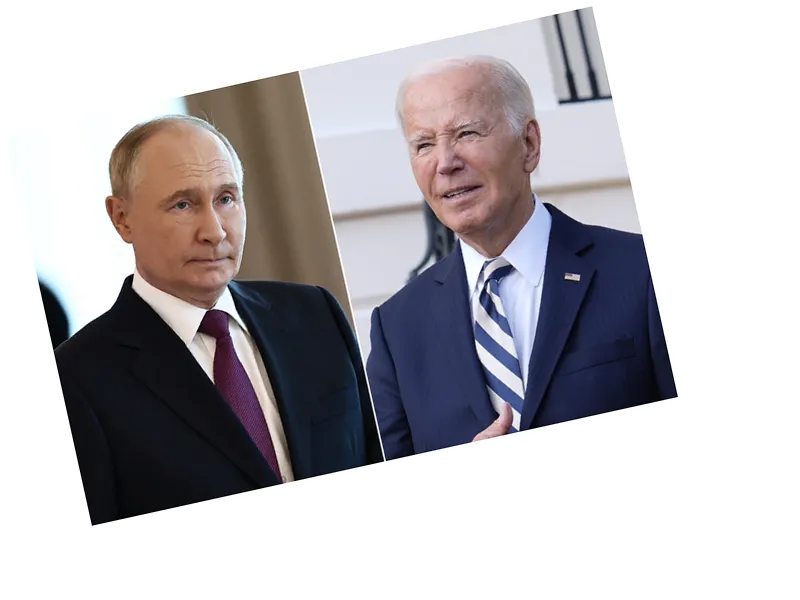Ukraine has intensified its military operations against Russia, achieving significant successes in recent weeks. Notably, Ukrainian forces have reportedly destroyed a Russian MiG-31 fighter jet and two Il-76 cargo planes during an attack on a military airfield deep within Russian territory. This operation, which took place on August 16, is part of a broader strategy where Ukraine has conducted nearly 2,000 strikes on Russian soil since the conflict began 911 days ago. The attacks have not only targeted military aircraft but also fuel depots and other critical infrastructure, showcasing Ukraine's enhanced production capabilities and tactical planning.
The recent escalation includes drone attacks on multiple military bases, including the Savasleyka airfield, where five Russian aircraft were damaged. Ukrainian President Volodymyr Zelensky has emphasized the need for additional military support from Western allies, arguing that while drones have been effective, more advanced missile systems are crucial for Ukraine's long-term security. Zelensky's remarks come amidst a backdrop of ongoing drone strikes that have reached unprecedented levels, with reports indicating a significant uptick in attacks since early August.
In response to these developments, Russian President Vladimir Putin has faced criticism for his delayed and often incoherent reactions to military crises, raising questions about his leadership and decision-making capabilities. As the war continues to evolve, experts suggest that the Kremlin's response may become more organized, but the initial chaos has revealed vulnerabilities within the Russian military structure. Analysts believe that Ukraine's recent operations could influence Western military aid policies, challenging the previously held red lines regarding the use of long-range weaponry against Russian targets.
- The Ukrainian military's focus on targeting air bases is a strategic move aimed at crippling Russia's air capabilities, which have posed a significant threat to Ukrainian forces. The use of domestically manufactured long-range drones has allowed Ukraine to engage in operations beyond its borders, a tactic that has not gone unnoticed by military analysts. This shift in strategy underscores the importance of air superiority in modern warfare and highlights the evolving nature of the conflict.
- As the situation develops, the international community is closely monitoring the potential implications of Ukraine's increased military assertiveness. With Western allies reassessing their support strategies, the dynamics of the conflict may shift significantly, especially if Ukraine successfully lobbies for more advanced weaponry. The ongoing conflict continues to be a focal point of geopolitical discussions, as nations weigh the risks of escalating military involvement.






